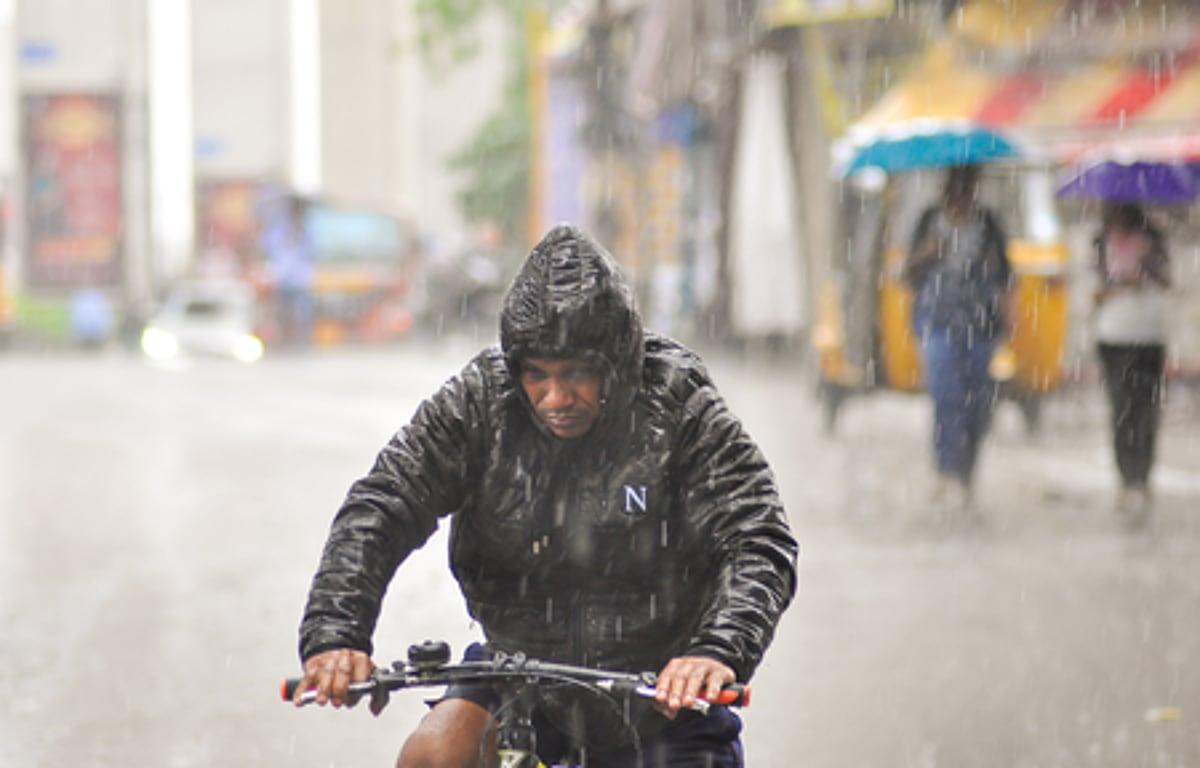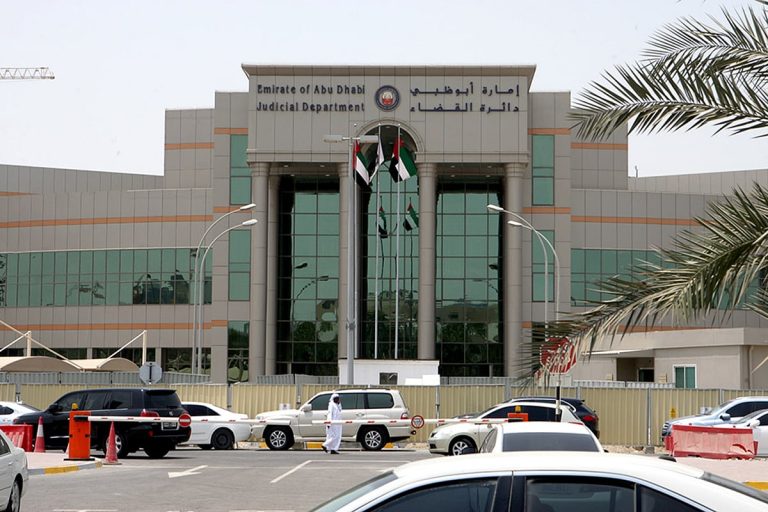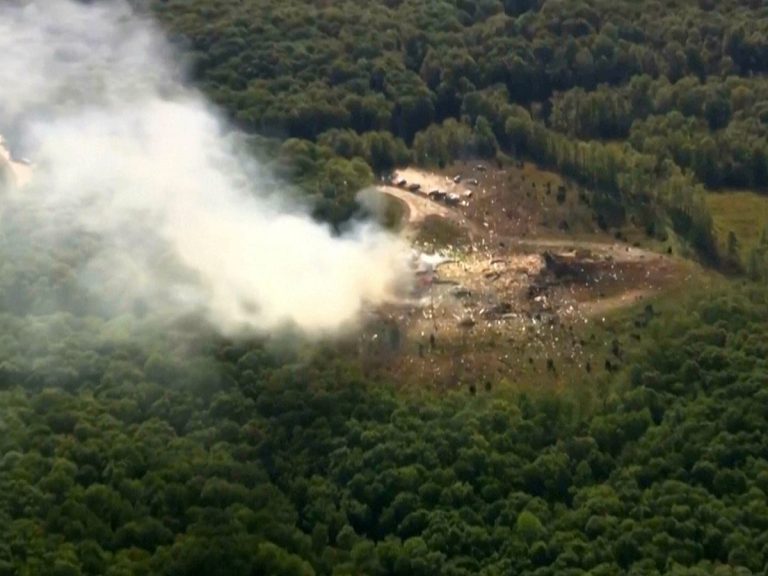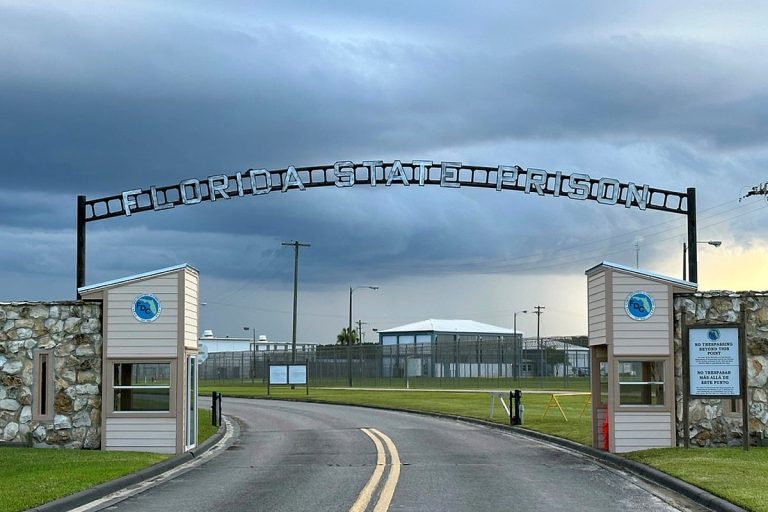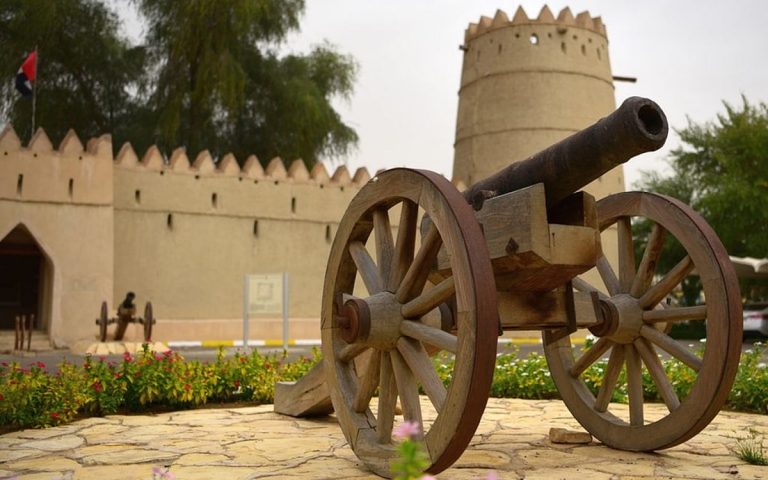Cyclone Montha: Name Origin and Meteorological Insights
As Cyclone Montha made landfall on the Andhra Pradesh coast, many were curious about the origins of its name and the science behind its trajectory. This article explores the cultural significance of the name and the meteorological factors that guide cyclones toward land.
The Origin of the Name Montha
The name Montha was proposed by Thailand as part of the World Meteorological Organization’s (WMO) regional naming system for cyclones in the North Indian Ocean. Each member country, including India, Thailand, Oman, and others, contributes culturally relevant names to a shared list. Montha, which translates to “fragrant flower” in Thai, symbolizes beauty and calmness, creating a striking contrast to the storm’s destructive nature.
This naming convention was established to facilitate clearer communication regarding storms. Using memorable names like Montha, rather than technical jargon or numerical identifiers, helps the public, government agencies, and media convey warnings more effectively.
How Cyclones Form and Move
Tropical cyclones develop over warm ocean waters, where heat and moisture create a spiraling low-pressure system. As these storms intensify, they are influenced by prevailing wind patterns, particularly the trade winds and atmospheric steering flows.
In the North Indian Ocean, these winds typically direct cyclones from the southeast toward the northwest, guiding them toward the Indian coastline. The Coriolis effect, resulting from the Earth’s rotation, further enhances this westward and northward movement.
Cyclones tend to move toward areas with lower atmospheric resistance, often leading them to landmasses. As they approach the coast, they encounter friction with the land and a decrease in moisture, which can weaken them. However, this process does not occur before they unleash heavy rainfall, strong winds, and storm surges.
Regions Most Affected by Cyclones
States such as Andhra Pradesh, Odisha, and West Bengal frequently experience the impact of cyclones, particularly during the pre- and post-monsoon seasons. The geographical positioning of these regions makes them vulnerable to storms that follow the typical trajectory influenced by wind patterns.
While advancements in technology have improved early detection and naming of cyclones, the path of each storm remains governed by the intricate interplay of heat, pressure, and wind dynamics. Thus, when Cyclone Montha approached the coast, its gentle name belied the severe weather it brought with it.
FAQs
What does the name Montha mean?
Montha means “fragrant flower” in Thai, symbolizing beauty and calmness, which contrasts sharply with the destructive nature of cyclones.
How are cyclones named?
Cyclones are named through a system established by the World Meteorological Organization, where member countries submit culturally significant names that are used sequentially for new storms.
Why do cyclones typically move toward land?
Cyclones are driven by prevailing wind patterns and the Coriolis effect, which guide them toward areas of lower atmospheric resistance, often leading them to coastal regions.
Conclusion
Cyclone Montha serves as a reminder of the power of nature and the importance of understanding meteorological phenomena. As communities prepare for potential impacts, continued advancements in storm tracking and communication will be essential in mitigating risks and ensuring public safety.
The naming of cyclones is not only a practical measure but also a reflection of cultural heritage. Each name carries significance and often reflects the characteristics or values of the proposing country. This practice fosters a sense of shared responsibility among nations in the region, as they collectively monitor and respond to these natural disasters. The collaborative effort in naming cyclones enhances international communication and preparedness, which is crucial in minimizing the impact of such events.
In addition to the immediate effects of cyclones, their aftermath can have long-lasting implications for affected regions. Flooding, erosion, and damage to infrastructure can disrupt local economies and displace communities. Recovery efforts often require substantial resources and coordination among government agencies, non-profit organizations, and local populations. Understanding the patterns and behaviors of cyclones, such as those exhibited by Montha, is vital for developing effective disaster response strategies and enhancing resilience in vulnerable areas.
As climate change continues to influence weather patterns, the frequency and intensity of cyclones may also change. Researchers are closely monitoring these trends to improve forecasting models and enhance preparedness measures. The ongoing study of cyclones like Montha underscores the need for continuous investment in meteorological research and technology to better understand and respond to the evolving challenges posed by these powerful storms.
Also Read:
Cyclone Montha Hits Kakinada with Heavy Winds and Rain

